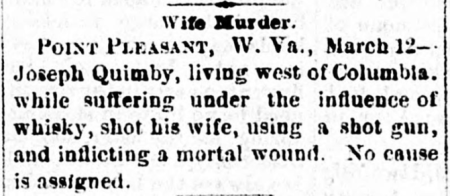“Boston Curtis, a mule, has been elected as Republican committeeman in the town of Milton, Washington. Boston was entered in the race by the Democratic mayor and received 51 votes – without offering a platform or making a speech.”
Boston’s nominator, Mayor Kenneth Simmons, later told the press he had nominated the mule as a prank, not expecting him to be elected. According to Simmons, he made no secret of his japery. He had led Boston to the local courthouse and ‘signed’ the nomination form with his hoof print, while laughing heartily with city officials.
In the end, the joke was on those who blindly voted a mule up the Republican Party ranks:
“It was a pretty mean trick to play on a mule, getting him into politics that way and making a fool of him. But at least Boston Curtis can congratulate himself on being no more of a donkey than the 51 Republicans who voted for him, without taking the trouble to find out what he was.”
Source: The Milwaukee Journal, September 30th 1938. Content on this page is © Alpha History 2019-23. Content may not be republished without our express permission. For more information please refer to our Terms of Use or contact Alpha History.


